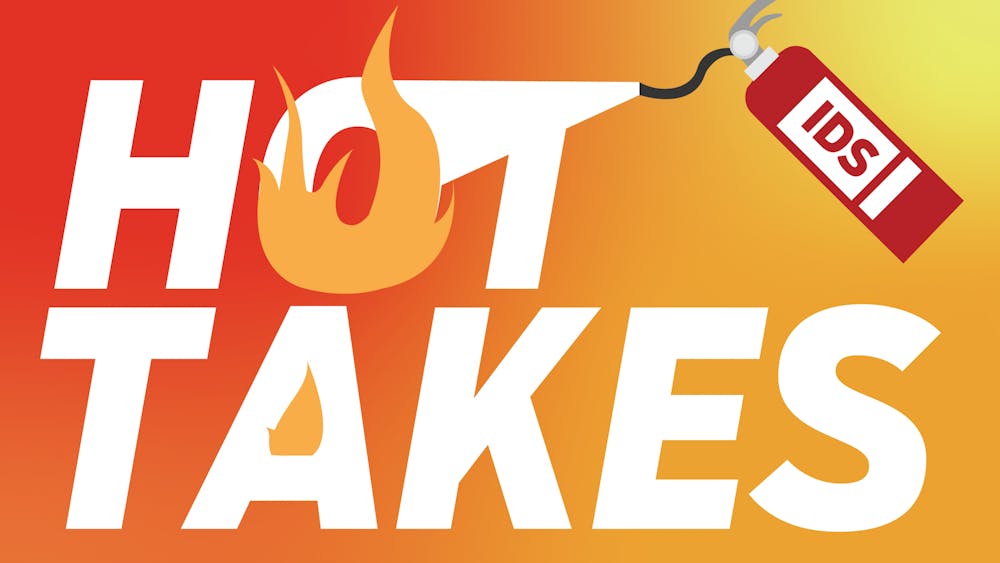Smog is nothing new in America. Since the 1800s, the harmful gases that are produced in our cities have polluted the air and caused numerous health problems for those who experience it.
According to the Centers for Disease Control, approximately 25 million people in the United States have asthma.
In 2008, about half of those with asthma, or 12 million people, had an asthma attack, though many were preventable.
Since asthma attacks are often due to poor air quality, especially in urban environments, what can we do to curb smog and air pollution in our cities?
Recently, the head of the Environmental Protection Agency Gina McCarthy announced stricter regulations on ozone smog from cars and smokestacks. She estimated the decision would result in about 230,000 fewer asthma attacks and 160,000 fewer lost school days for children across the country.
This new limit of 70 parts per billion of concentration in the air lowers the Bush administration limit of 75 ppb, which was set in 2008.
As with most regulatory action, members of the manufacturers and related industries claimed the regulations would increase costs for businesses and lead to job loss.
I have little patience for this answer anymore. Without specific data on how it would directly lead a business to fire employees, this is merely a reactionary defense that rallies people to defend the rights of poor, persecuted workers.
Of course, those same businesses would drop their employees in a heartbeat if they tried to unionize or ask for a raise, but I digress.
Environmental and public health activists are not particularly pleased with the regulations either, saying they don’t go far enough to curb pollutants or to decrease the number of asthma attacks per year.
A stricter standard of 60 ppb would prevent approximately 1.8 million asthma attacks and 7,900 premature deaths every year, according to the American Lung Association.
McCarthy, however, has defended the new rules, stating it is likely that pollutants will only hit the maximum a few days per year, and that the regulations will be up for review in five years.
I must side with the EPA on this one. An effective regulation is one that positively influences the public interest while not unreasonably burdening private interests.
Would lowering the maximum output of ozone further help more people? Of course. Would lowering it make compliance more difficult and more costly? Most likely.
Creating regulations is like walking a tightrope. The trick is to find a balance between the public good and private business and not fall off to either side.
mccinkos@indiana.edu
@matthewcinkoske





